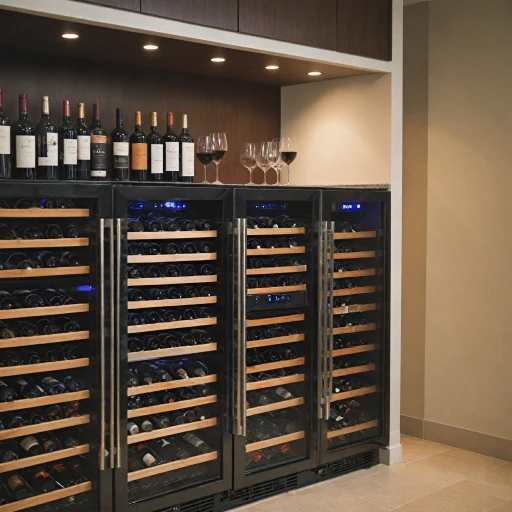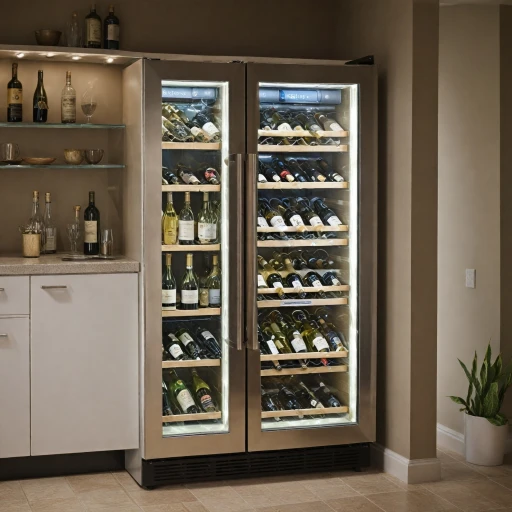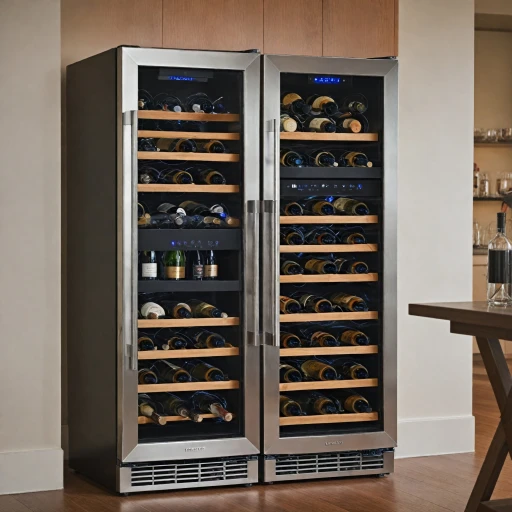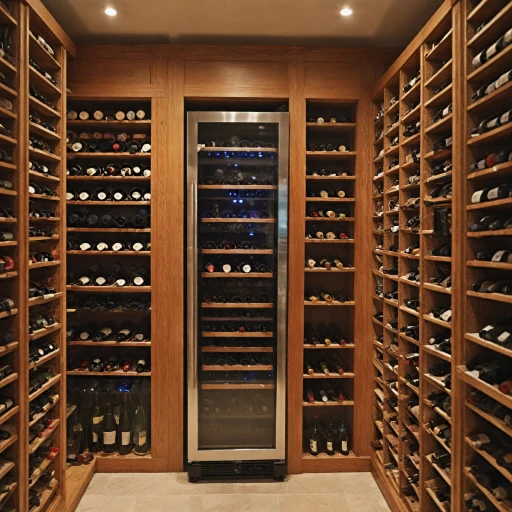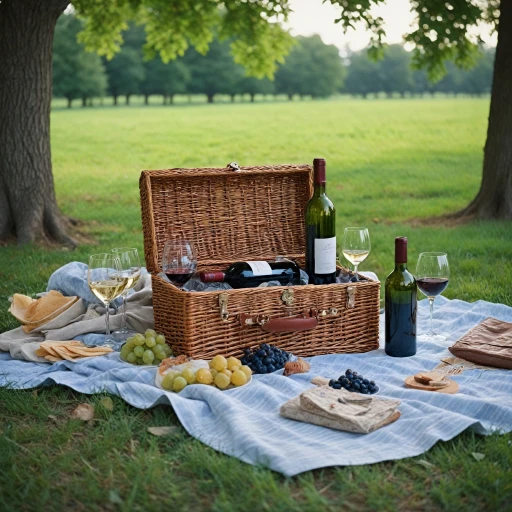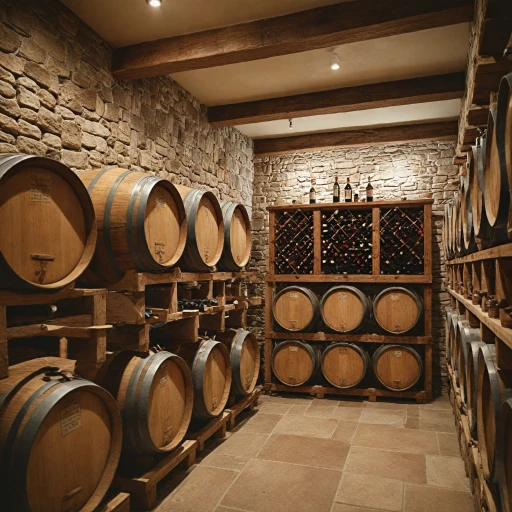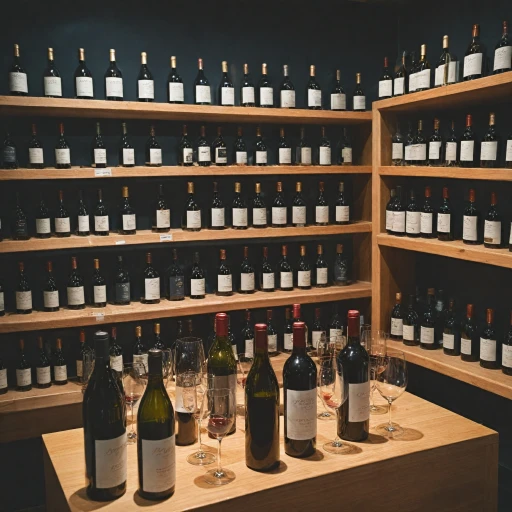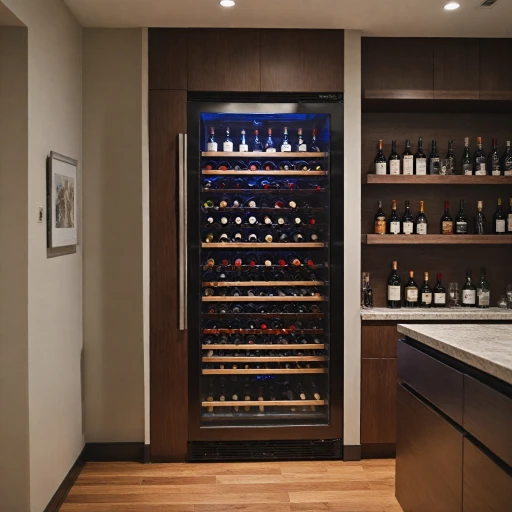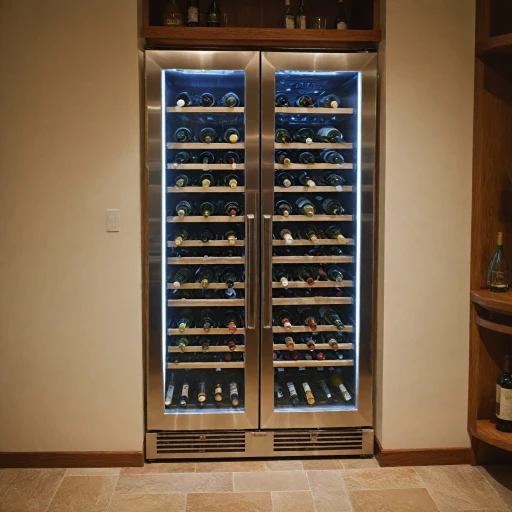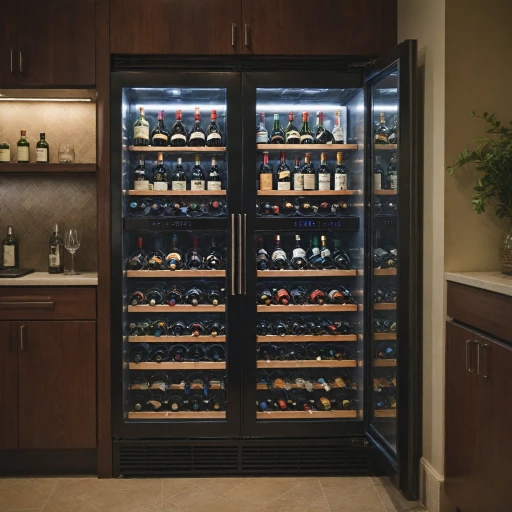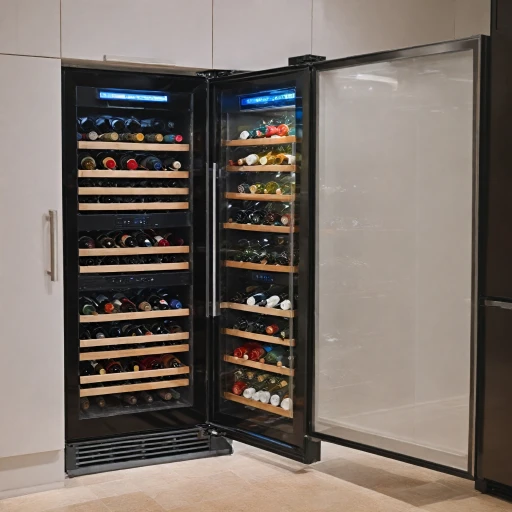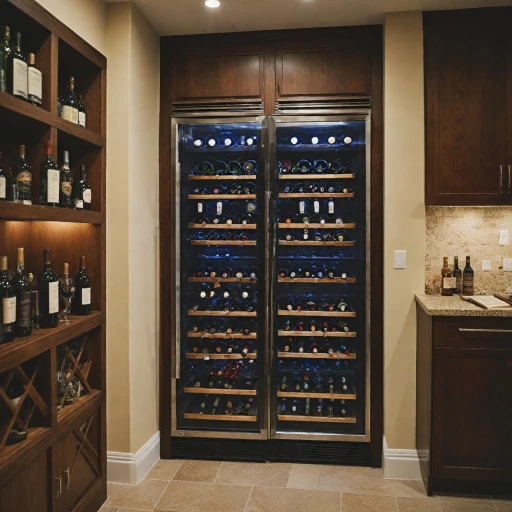
Understanding Red Wine Characteristics
Recognizing the Complexity of Red Wine Characteristics
Red wine is a diverse category of wines, each varietal with its own unique profile. These characteristics are shaped by a myriad of factors including grape variety, region, and production methods. Understanding these nuanced qualities is crucial for optimal wine preservation systems, whether they’re resting in wine fridges or being served at the perfect temperature.
The tannins, acidity, and body of red wines significantly influence their storage and serving. For example, full-bodied reds with higher tannin content often benefit from slightly warmer storage conditions compared to lighter reds. This consideration is essential when setting up your wine cooler or dual zone fridge.
Unlike their white wine counterparts, red wines are typically enjoyed at a higher serving temperature which enhances their full flavor and aromatic profile. Thus, understanding the diverse nature of red wine can guide you in choosing the best conditions for wine storage, from bottle storage in a wine refrigerator to selecting the ideal zone temperature for each type.
Why Temperature Matters for Red Wine
The Importance of Precision in Preserving Red Wines
Temperature plays a crucial role in maintaining the delicate balance of red wines. Unlike white wines, which are often served at cooler temperatures, red wine requires a slightly warmer environment to fully develop its complex flavors and aromas. When not stored at the correct temperature, red wine can lose its subtle notes and may even develop off-flavors, affecting the overall wine experience.
Storing wine at room temperature may seem convenient, but it's not always optimal for long-term enjoyment. A wine fridge is a great solution as it provides a controlled environment specifically designed for wine storage. With a dedicated wine fridge, you can create the perfect zone for preserving red wine, ensuring that every bottle you open is enjoyed at its best potential.
Investing in a wine cooler, especially a dual zone wine refrigerator, allows you to tailor the storage conditions not just for reds but also for white wines. Having separate zones for red and white wine means each type can be kept at its ideal temperature. While room temperature might work for immediate serving, a fridge or cooler offers precision and flexibility that's vital for wine enthusiasts who appreciate storing wine over long periods.
To learn more about how to optimize your wine fridge for the ideal storage conditions, explore our optimal temperature settings for your wine fridge.
Ideal Temperature Range for Red Wine
Discovering the Sweet Spot: Temperature for Red Wine
When it comes to storing red wines, getting the right temperature is crucial to preserve the quality and taste of your collection. The temperatures used for wine storage can significantly impact the aging process and aroma of the wines.
Red wines flourish best when stored in a wine refrigerator set between 55°F to 65°F. This range maintains the integrity of the wine, allowing for the natural development of flavors and preservation of its characteristics. Unlike white wines that may be served cooler, red wines need this warmer storage environment to bring out the depth and complexity inherent in each bottle of red.
It’s also important to consider the other factors in your wine storage environment. Many wine fridges come with dual zone options, providing the flexibility to store red and white wines at their optimal temperatures within the same unit. Utilizing these dual zone wine fridges can prevent cross-temperature storage issues, which is a common mistake made by wine enthusiasts.
Understanding the ideal temperature range for red wine forms the backbone of effective wine storage, whether for short-term enjoyment or long-term aging in a wine cellar. Choosing the best wine fridge setup allows you to store wine in the right conditions and enhance your collection’s potential.
Adjusting Your Wine Fridge Settings
Fine-Tuning Your Wine Fridge for Red Wines
Properly adjusting your wine fridge for red wine storage is crucial to maintaining its quality and enhancing the flavors. Once you understand the characteristics of red wines and their need for consistent temperatures, you'll appreciate the importance of your wine fridge's role. Here’s how to ensure your storage conditions are just right:- Choose the Right Zone: If you own a dual zone wine fridge, allocate a zone specifically for red wine storage. This allows you to set the ideal temperature without affecting other wine types like white wine.
- Set Precise Temperatures: For most red wines, aim to store bottles within the recommended range of 50°F to 59°F. Ensure the fridge maintains this consistently, as fluctuations can damage the wine.
- Regular Monitoring: Regularly check the temperature settings to ensure the thermostat is accurate. Any deviations can lead to improper storing conditions.
- Consider Room Temperature Variations: If your wine fridge is located in an area where room temperature fluctuates significantly, it's essential to monitor the fridge more closely and adjust the settings accordingly.
- Wine Fridge Maintenance: Keep your wine cooler well-maintained by checking for any signs of malfunction or irregularities in the cooling mechanism.
Common Mistakes in Red Wine Storage
Common Pitfalls to Avoid in Red Wine Storage
Storing red wines involves more than just placing them in any wine cooler and hoping for the best. The subtleties of temperature and positioning play crucial roles in preserving the wine's integrity. Here are some typical mistakes many enthusiasts unknowingly make:- Setting the Wrong Temperature
- Neglecting Humidity Levels
- Ignoring Light Exposure
- Frequent Temperature Fluctuations
- Overstocking the Cooler
Advanced Tips for Wine Enthusiasts
Elevating Your Red Wine Storage Game
For those who are passionate about wine and its proper storage, there are advanced practices to consider that can enhance the quality of your red wines over time. By fine-tuning your approach to wine storage, you can preserve the delicate balance of flavors that come with aged wines.- Dual Zone Wine Refrigerators: If you're serious about storing wine, investing in a dual zone wine fridge is worthwhile. These fridges allow you to store red and white wines at their optimal serving temperatures in one unit. A dual zone setup means you can maintain the coolness for white wines while keeping red wine at its ideal storage temperature.
- Wine Cellar Techniques: For those considering long-term storage, understanding the principles of a wine cellar can be beneficial. Keeping bottles in the dark, away from vibrations, enhances aging. As light and movement can disturb the delicate balance, a dedicated wine refrigerator should mimic these conditions.
- Consistent Monitoring: Regularly check the temperature settings and humidity levels in your wine storage cooler. Fluctuations, even slight, can affect wine over time. Most advanced wine refrigerators come with digital displays and alarms to ensure these are within the best parameters.
- Consider the Bottle's Resting Position: Lay your bottles horizontally to ensure the cork remains moist. This prevents the cork from drying out and letting air into the bottle, which can spoil the wine. Hydration of the cork is especially crucial when you're storing wine long-term.


